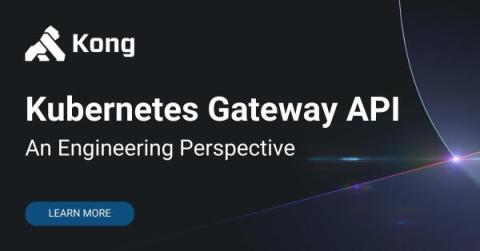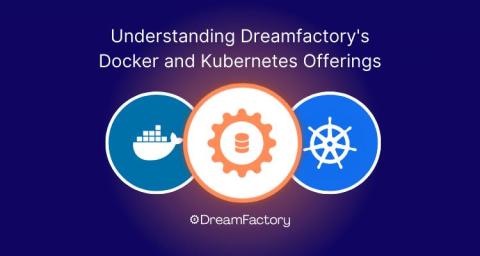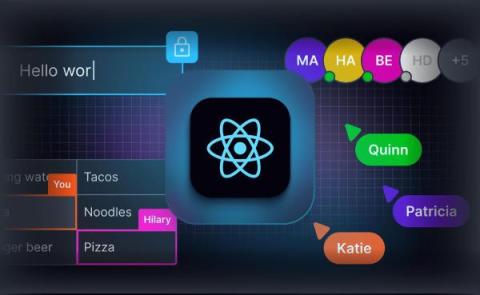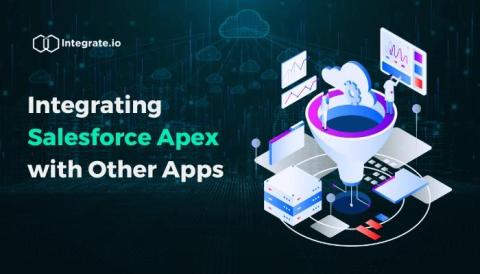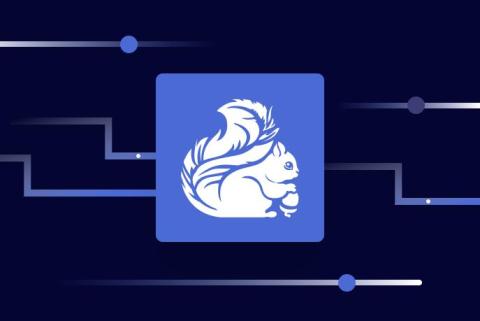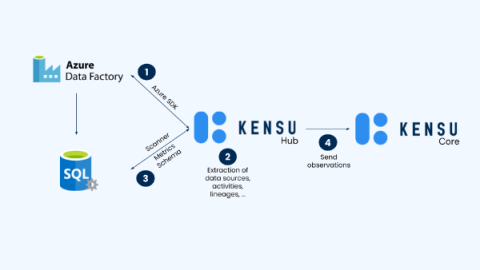Systems | Development | Analytics | API | Testing
Latest Blogs
Understanding Dreamfactory's Docker and Kubernetes Pricing Model
Make your React-based applications collaborative using our new Spaces Hooks and starter kits
We are excited to announce that the Ably Spaces SDK now includes support for React Hooks. This means that developers can integrate collaborative features into their React-based applications in an efficient and idiomatic way. To help you quickly get started we have created a set of React-based starter kits for the four key collaborative features supported within the Spaces SDK - jump to these now!
How to Integrate Salesforce Apex with Other Applications
A Beginner's Guide to Java Stack Traces
As a Java developer, you'll frequently encounter stack traces in your work. By default, these stack traces are displayed on the console when unhandled exceptions occur. However, it's essential not to merely have a superficial understanding of what stack traces are and how to utilize them. This article aims to provide a comprehensive explanation. A call stack is often defined as the current stack of operations or a representation of the ongoing program flow.
Troubleshooting PHP Segmentation Faults: Effective Debugging Tips
PHP, one of the world's most popular server-side scripting languages, powers a significant portion of the internet's dynamic web applications. While PHP is renowned for its flexibility and ease of use, it is not immune to the challenges that come with complex software development. One such challenge is the occurrence of segmentation faults, elusive errors that can leave developers scratching their heads in frustration.
Build Streaming Apps Quickly with Flink SQL Workspaces
At this year’s Current, we introduced the public preview of our serverless Apache Flink® service, making it easier than ever to take advantage of stream processing without the complexities of infrastructure management. This first iteration of the service offers the Flink SQL API, which adheres to the ANSI standard and enables any user familiar with SQL to use Flink.
How to Use Timeouts in Node.js
Because of the asynchronous nature of Node.js, it's crucial you set timeouts to ensure the responsiveness of your application. Node.js timeouts help prevent indefinite waiting and let your backend handle situations where tasks take longer than expected. Thanks to timeouts, you can control the maximum duration allowed for incoming and outgoing requests. In this article, we'll look at the different types of timeouts and how to set them in vanilla Node.js and Express.
Kensu + Azure Data Factory: A Technical Deep Dive
With 38% of data teams spending between 20% and 40% of their time fixing data pipelines¹, delivering reliable data to end users can be an expensive activity for data teams. With Kensu’s latest integration with Azure Data Factory, ADF users now benefit from the ability to observe data within their Azure Data Factory pipelines and receive valuable insights into data lineage, schema changes, and data quality metrics.


